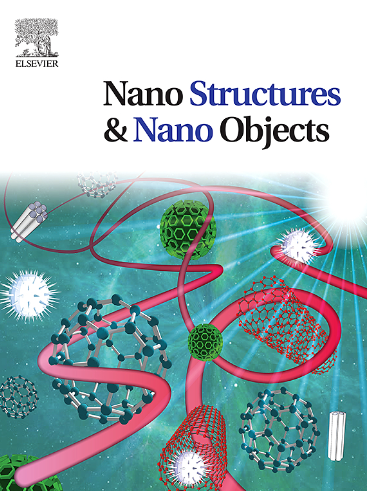Surface functionalisation of crosslinked polyvinyl alcohol/ cellulose nanofiber biocompatible composite membrane using plasma
IF 5.45
Q1 Physics and Astronomy
引用次数: 0
Abstract
The emergence of antibiotic-resistant bacterial strains has posed a great threat to global health; so, the progress of novel antibacterial strategies has become an urgent necessity. In this regard, functionalized polymer membranes play their role as versatile candidates by interacting with a wide range of molecules. However, poor mechanical properties often limit their clinical applications. The current research focused on the preparation of boric acid (BA) crosslinked PVA composite membranes with cellulose nanofiber (CNF). Herein, BA acts as an antibacterial agent against bacterial infection and together with CNF provides mechanical integrity to the composite membrane. Furthermore, these membranes were subjected to surface functionalization with plasma polymerization, a technique that controlled not only their swelling behaviour but also improved their antibacterial properties. The composite membranes were then subjected to an antibacterial performance test against Staphylococcus aureus and Pseudomonas aeruginosa, which showed remarkable bactericidal activity. The cytocompatibility was done by cell viability assays and fluorescent staining, confirming the nontoxic nature and biocompatibility of the membranes with macrophages. Besides, contact angle measurements showed favourable hydrophilicity (44 ± 1.4 °) to promote cell adhesion, and tensile testing showed optimal mechanical properties at 2.5 phr cellulose nanofiber and 8 phr BA content. The antibacterial activity, mechanical robustness, and cytocompatibility shown by plasma coated PVA-BA-CNF membrane, make them ideal candidates for biomedical applications. It has great potential to act as an antibacterial platform in mitigating bacterial infection, enhancing bioactivity and offering flexible solutions to address antibiotic resistance challenges in clinical settings.
求助全文
约1分钟内获得全文
求助全文
来源期刊

Nano-Structures & Nano-Objects
Physics and Astronomy-Condensed Matter Physics
CiteScore
9.20
自引率
0.00%
发文量
60
审稿时长
22 days
期刊介绍:
Nano-Structures & Nano-Objects is a new journal devoted to all aspects of the synthesis and the properties of this new flourishing domain. The journal is devoted to novel architectures at the nano-level with an emphasis on new synthesis and characterization methods. The journal is focused on the objects rather than on their applications. However, the research for new applications of original nano-structures & nano-objects in various fields such as nano-electronics, energy conversion, catalysis, drug delivery and nano-medicine is also welcome. The scope of Nano-Structures & Nano-Objects involves: -Metal and alloy nanoparticles with complex nanostructures such as shape control, core-shell and dumbells -Oxide nanoparticles and nanostructures, with complex oxide/metal, oxide/surface and oxide /organic interfaces -Inorganic semi-conducting nanoparticles (quantum dots) with an emphasis on new phases, structures, shapes and complexity -Nanostructures involving molecular inorganic species such as nanoparticles of coordination compounds, molecular magnets, spin transition nanoparticles etc. or organic nano-objects, in particular for molecular electronics -Nanostructured materials such as nano-MOFs and nano-zeolites -Hetero-junctions between molecules and nano-objects, between different nano-objects & nanostructures or between nano-objects & nanostructures and surfaces -Methods of characterization specific of the nano size or adapted for the nano size such as X-ray and neutron scattering, light scattering, NMR, Raman, Plasmonics, near field microscopies, various TEM and SEM techniques, magnetic studies, etc .
 求助内容:
求助内容: 应助结果提醒方式:
应助结果提醒方式:


